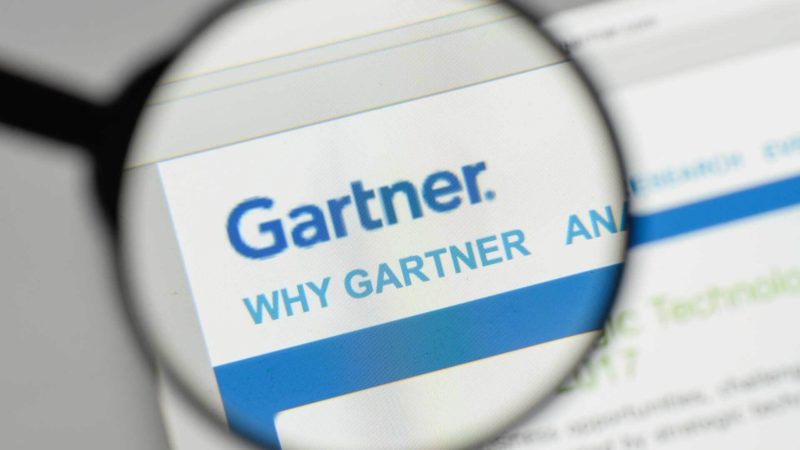Gartner’s first Magic Quadrant report on ad tech scans the multi-channel giants
The report focuses on what it calls “foundational technology,” even as the ground keeps shifting.

Marketers may be able to get a better sense of the complicated, dynamic and sometimes controversial category of ad tech through research firm Gartner’s recently released, first Magic Quadrant report on the topic.
A free version is available from several of the vendors mentioned in the report, including MediaMath and Adform. (Registration required.)
How vendors are selected. Only a handful of providers in this burgeoning field are included. The report focuses on those that can execute digital ad buys, deliver digital ads to at least four channels (such as web display ads, video, in-app ads, native and programmatic TV), have more than a billion dollars in annual billings, and support the four main buying modes: API-based bidding and trafficking, real-time bidding, private marketplaces and programmatic direct.
Multi-channel capability is required for consideration, Gartner said, because it is interested in foundational technology, not just point solutions.
And the vendors must have a public compliance plan for the European Union’s General Data Protection Regulation (GDPR).
This filtering left out a lot of well-known ad tech providers, such as Innovid, because it’s focused on the video channel, and AppNexus, since its recent acquisition by AT&T meant that Gartner couldn’t get enough info about its new incarnation.
This winnowing yielded eight companies, which are summarized in terms of their strengths and “cautions” and ranked as follows:
- Leaders, which are high on the two axes of “ability to execute” and “completeness of vision”: Google, MediaMath, Adobe and Adform.
- Challengers, high on the execute dimension but not on vision: The Trade Desk, Amobee.
- Visionaries, high on vision, low in execution: Sizmek.
- And Niche Players, who are low in both axes: Oath (formerly AOL and Yahoo).
Other tools, dynamic forces. As with other vendors, this limited group also offers a variety of other tools besides the key ad tech instrument of the demand-side platform (DSP), as Gartner notes the common bundling of such complementary tools as dynamic creative optimization (DCO), data management platforms (DMPs), ad servers, and search engine marketing.
The ad tech market is swimming in dynamic forces, the report points out, many of them what it calls “paradoxical.” DMPs, for instance, act as agents for their own data, meaning little quality control beyond trust, and DSPs measure their own performance.
New privacy laws like GDPR are engaged in an ongoing redefinition of existing data practices, while charges of fraud and lack of transparency by some of the world’s largest advertisers have cast doubt across an industry that is built around a series of black box processes.
Other drivers that keep the players busily adapting include the recent entry of major telecoms like AT&T and Verizon, the shift in focus for many advertisers from audience targeting of individuals to contextual ads and direct relationships with publishers, the rise of direct publisher auctions via header bidding, and the industry-domination of Google and Facebook, with Amazon coming on strong.
New technologies and a key shift. But the category is still attracting new entrants, including ones that hope to solve many of these problems through technologies like blockchain, and there’s a boom of new activity around the original giant of media channels: television, now becoming a part of the programmatic digital landscape.
A key shift — which the report says is now “gaining the edge” — is the move of ad tech operations from ad agencies to in-house, made more feasible by the proliferation of cloud-based technology and the increasing use of artificial intelligence, and driven by cost savings, turnaround time, and the need for data oversight and compliance.
Why this matters to marketers. There are few industries on the planet that are more complicated or hidden than ad tech, and none that are more important to marketers. Although this initial Gartner report on the sector leaves out many key players, it starts to sift the category into its key characteristics, issues and possibilities that impact marketers.
Contributing authors are invited to create content for MarTech and are chosen for their expertise and contribution to the martech community. Our contributors work under the oversight of the editorial staff and contributions are checked for quality and relevance to our readers. MarTech is owned by Semrush. Contributor was not asked to make any direct or indirect mentions of Semrush. The opinions they express are their own.
Related stories